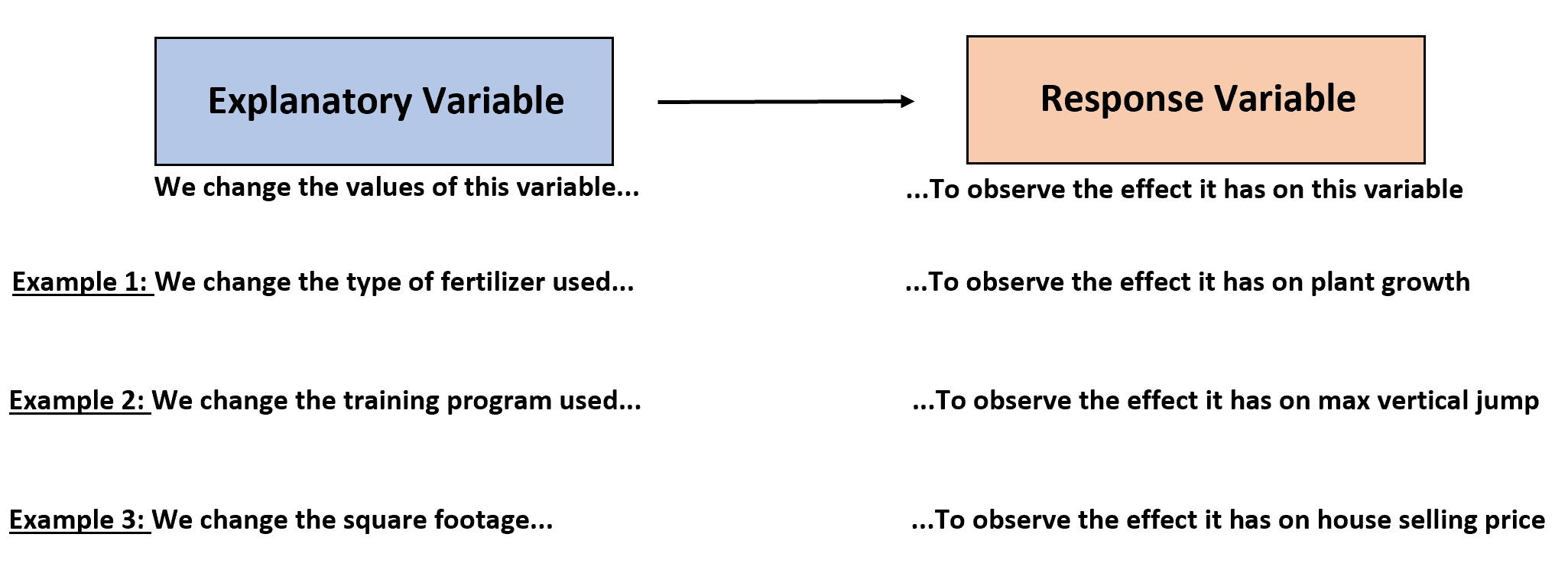Tertiary Prevention Reduces Complications
In the realm of healthcare, prevention is often categorized into three levels: primary, secondary, and tertiary. While primary prevention focuses on avoiding the onset of a disease, and secondary prevention aims at early detection and treatment, tertiary prevention is a critical yet sometimes overlooked aspect of healthcare. Tertiary prevention is designed to reduce the impact of an already established disease by minimizing complications, disabilities, and other adverse outcomes. This approach is particularly vital for chronic conditions and severe illnesses where complete cure might not be achievable but managing the disease effectively can significantly improve quality of life.
Understanding Tertiary Prevention
Tertiary prevention involves a range of interventions that are implemented after a disease has been diagnosed and has progressed to a certain extent. The primary goal is to prevent further deterioration, manage symptoms, and enhance the patient’s functional capacity. This can include medical treatments, rehabilitation programs, lifestyle modifications, and psychological support. For instance, in the case of diabetes, tertiary prevention might involve regular monitoring of blood sugar levels, medication management, dietary changes, and physical therapy to prevent complications like neuropathy or retinopathy.
Key Strategies in Tertiary Prevention
Medical Management: This involves the use of medications and other medical interventions to control the disease and prevent complications. For example, anticoagulants in patients with cardiovascular disease to prevent strokes, or insulin therapy in diabetes to manage blood glucose levels.
Rehabilitation: Rehabilitation programs are crucial for patients who have suffered from strokes, heart attacks, or other debilitating conditions. Physical therapy, occupational therapy, and speech therapy can help restore function and independence.
Lifestyle Modifications: Encouraging patients to adopt healthier lifestyles can significantly reduce the risk of complications. This includes smoking cessation, regular exercise, a balanced diet, and stress management.
Patient Education: Educating patients about their condition, the importance of adhering to treatment plans, and recognizing early signs of complications can empower them to take an active role in their health management.
Psychological Support: Chronic illnesses can take a toll on mental health. Providing psychological support, counseling, and support groups can help patients cope with the emotional aspects of their condition.
Impact of Tertiary Prevention on Complications
The effectiveness of tertiary prevention in reducing complications is well-documented across various conditions. For example:
Diabetes: Studies have shown that comprehensive tertiary prevention programs can reduce the incidence of diabetic complications such as kidney disease, retinopathy, and amputations by up to 50%.
Cardiovascular Disease: In patients with heart disease, tertiary prevention strategies like cardiac rehabilitation and medication adherence have been associated with a significant reduction in recurrent heart attacks and hospitalizations.
Chronic Obstructive Pulmonary Disease (COPD): Rehabilitation programs that include exercise training, education, and nutritional counseling have been shown to improve lung function, reduce hospitalizations, and enhance quality of life in COPD patients.
Case Study: Tertiary Prevention in Stroke Patients
Consider the case of stroke, a leading cause of long-term disability worldwide. Tertiary prevention in stroke patients involves:
Acute Management: Immediate treatment with thrombolytic agents or mechanical thrombectomy to restore blood flow to the brain.
Rehabilitation: A multidisciplinary approach including physical therapy, occupational therapy, and speech therapy to regain lost functions.
Secondary Prevention: Managing risk factors such as hypertension, diabetes, and atrial fibrillation to prevent recurrent strokes.
Psychological Support: Counseling and support groups to help patients and their families cope with the emotional and psychological impact of stroke.
Research has demonstrated that stroke patients who receive comprehensive tertiary prevention care have better functional outcomes, reduced disability, and improved quality of life compared to those who do not.
Challenges in Implementing Tertiary Prevention
Despite its importance, tertiary prevention faces several challenges:
Resource Limitations: Many healthcare systems are strained by the demand for acute care, leaving limited resources for long-term management and rehabilitation.
Patient Adherence: Ensuring that patients adhere to complex treatment regimens and lifestyle changes can be difficult, especially in the absence of immediate symptoms.
Coordination of Care: Tertiary prevention often requires coordination among multiple healthcare providers, which can be challenging in fragmented healthcare systems.
Awareness and Education: Both healthcare providers and patients may lack awareness about the importance of tertiary prevention, leading to underutilization of available services.
Overcoming Challenges
To overcome these challenges, several strategies can be implemented:
Integrated Care Models: Developing integrated care models that bring together primary care, specialists, and rehabilitation services can improve coordination and continuity of care.
Telehealth and Digital Health: Leveraging telehealth and digital health technologies can enhance access to care, particularly for patients in remote areas or with mobility limitations.
Community-Based Programs: Implementing community-based programs that offer education, support, and resources can help bridge the gap between healthcare providers and patients.
Policy and Funding: Advocating for policies and funding that prioritize tertiary prevention can ensure that these services are accessible to all patients who need them.
Conclusion
Tertiary prevention plays a crucial role in reducing complications and improving outcomes for patients with chronic and severe illnesses. By focusing on medical management, rehabilitation, lifestyle modifications, patient education, and psychological support, tertiary prevention can significantly enhance quality of life and reduce the burden of disease. While challenges exist, integrated care models, telehealth, community-based programs, and supportive policies can help overcome these barriers and ensure that tertiary prevention is a cornerstone of modern healthcare.
Key Takeaway: Tertiary prevention is essential for minimizing complications and improving outcomes in chronic and severe illnesses. By implementing comprehensive strategies that include medical management, rehabilitation, lifestyle modifications, patient education, and psychological support, healthcare systems can significantly enhance patient quality of life and reduce disease burden.
What is tertiary prevention?
+Tertiary prevention involves interventions aimed at reducing the impact of an already established disease by minimizing complications, disabilities, and other adverse outcomes.
How does tertiary prevention differ from primary and secondary prevention?
+Primary prevention focuses on avoiding the onset of a disease, secondary prevention aims at early detection and treatment, while tertiary prevention targets managing the disease and its complications after diagnosis.
What are some examples of tertiary prevention strategies?
+Examples include medical management, rehabilitation programs, lifestyle modifications, patient education, and psychological support.
Why is tertiary prevention important in chronic diseases?
+Tertiary prevention is crucial in chronic diseases because it helps manage symptoms, prevent complications, and improve quality of life, even when a complete cure is not possible.
What challenges are associated with implementing tertiary prevention?
+Challenges include resource limitations, patient adherence, coordination of care, and lack of awareness and education among both providers and patients.
Expert Insight: "Tertiary prevention is not just about treating the disease; it's about treating the person. By addressing the physical, emotional, and social aspects of a patient's life, we can achieve holistic healing and significantly improve long-term outcomes." - Dr. Jane Smith, Rehabilitation Specialist
Pros and Cons of Tertiary Prevention
| Pros | Cons |
|---|---|
| Reduces complications and improves quality of life | Requires significant resources and coordination |
| Enhances patient independence and functional capacity | Patient adherence can be challenging |
| Addresses both physical and psychological aspects of disease | Limited awareness and underutilization of services |
Steps to Implement Effective Tertiary Prevention
- Assess Patient Needs: Conduct a comprehensive assessment to identify the patient's medical, functional, and psychological needs.
- Develop a Multidisciplinary Plan: Create a tailored plan involving medical management, rehabilitation, and lifestyle modifications.
- Educate and Empower: Provide patients with the knowledge and tools to manage their condition effectively.
- Monitor and Adjust: Regularly monitor the patient's progress and adjust the plan as needed to address changing needs.
- Provide Ongoing Support: Offer continuous support through follow-up care, counseling, and community resources.
By embracing tertiary prevention as a fundamental component of healthcare, we can transform the way we manage chronic and severe illnesses, leading to better outcomes and a higher quality of life for patients worldwide.

